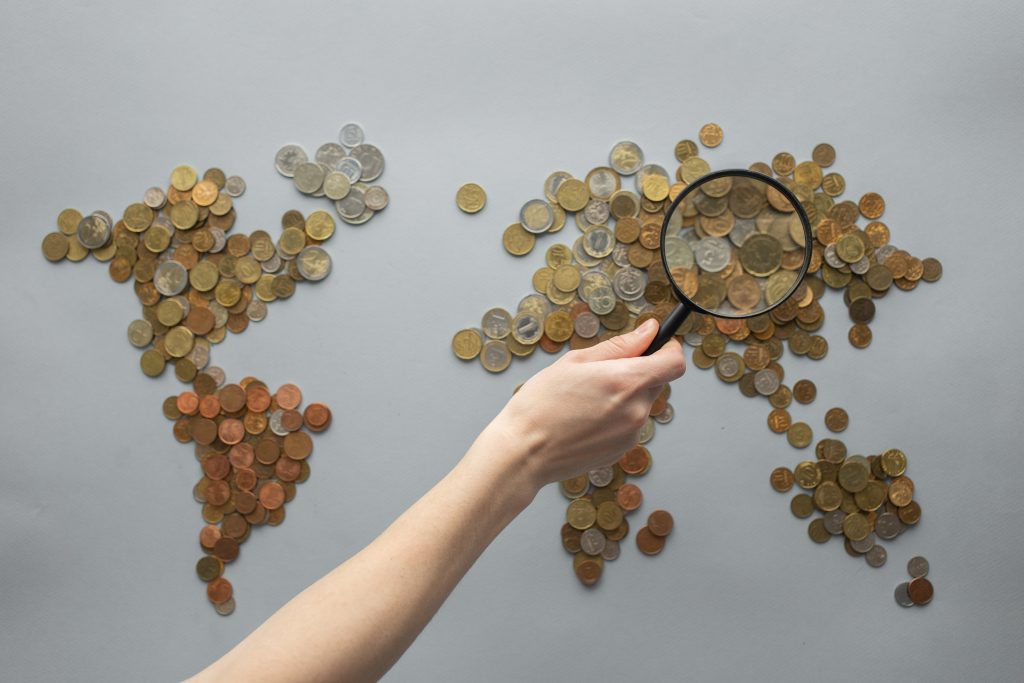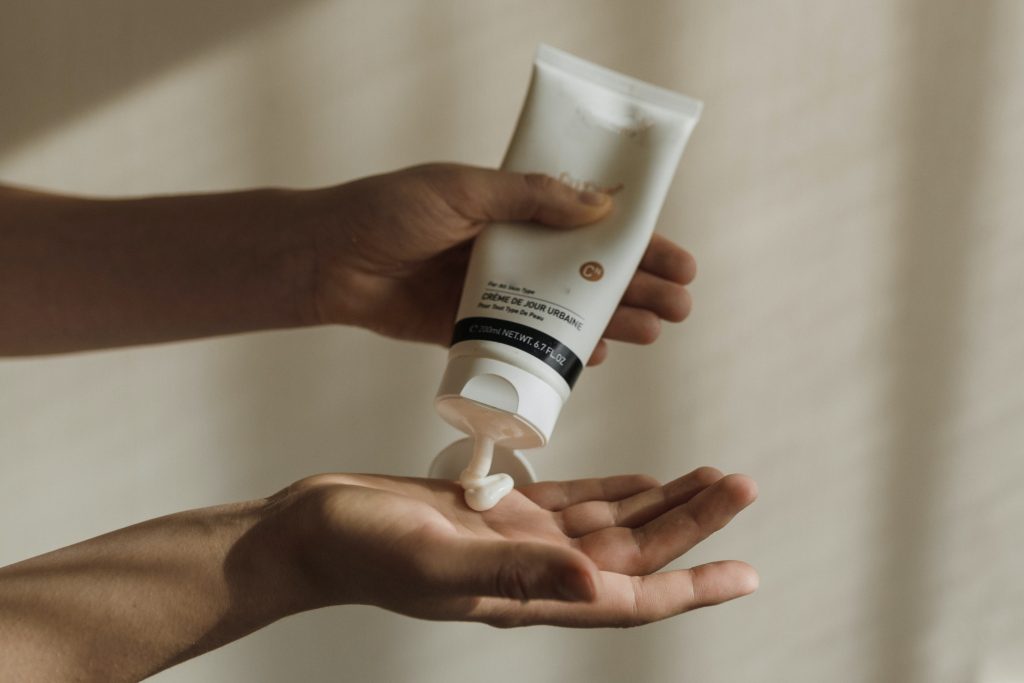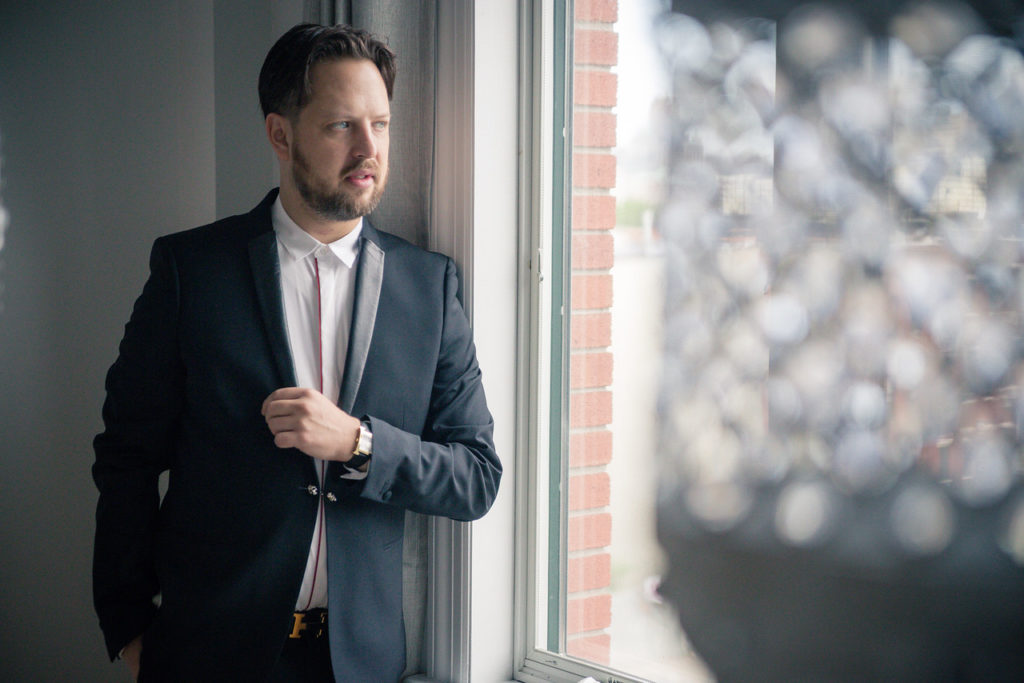If your looking to promote your brand to the public, there are plenty of options at your disposal, like social media campaigns, traditional advertising, or cross-promotions. But there’s one incredibly successful tactic that you may not have considered: product placement. Product placement has been around since the late 1800s, and there’s a reason this approach has lasted longer than any other form of advertising: when done correctly, it can be remarkably effective.
But while traditional product placement is still effective, we’re seeing a rise in newer, different, and more creative forms of product placement, especially ones that are tied to celebrities and influencers rather than productions in general. Today, we’re going to explore product placement: how it works, what you’ll get out of it, and the ways you can use it to your advantage. Most importantly, we’ll discuss some of the new ways brands are using product placement to keep up with the changing advertising landscape. So if you’re looking for a tried-and-true method of promoting your brand, product placement might be just what the doctor ordered. Read on for more information!
Product Placement: An Overview

In the simplest terms, product placement is exactly as the name describes: placement of a brand’s product in some form of media that’s not specifically advertising the product. In the early days of product placement, it was usually most common in movies. Think of a shot of a Macbook computer on a counter or two characters walking into Starbucks to order a cup of coffee. These aren’t commercials for Apple or Starbucks, but the message is the same regardless: people enjoying or using a particular product.
In recent years, however, brands have begun to think outside the box. This shift has come as a result of two things: First, brands have learned the power of celebrity and influencer marketing and how a specific connection between a celebrity/influencer and the brand can increase sales. Second, brands have also come to understand that with so many different forms of media available to the public nowadays, simply putting one of their products in the background of a film or TV show isn’t going to give them the same reach as it once did. So where product placement was once mainly intended for films and television shows, it’s now being incorporated into music videos, YouTube videos, and other forms of content that allow the brand to reach a much wider audience.
How Can It Be Used?
Product placement can happen in one of three ways. The first way is, basically, luck; the brand doesn’t request product placement, but the film/TV show/celebrity wants to use it in their production. Think of a shot of a Starbucks in the background of a movie scene: the scene isn’t about Starbucks and the characters aren’t in the Starbucks, but the brand name is still broadcast to everyone viewing the movie. If it’s being used in a music video or other online content, you might see a Starbucks or a Starbucks product in the background, but it’s usually not specifically referenced. As an example, in the music video for her song “Telephone,” Lady Gaga used Diet Coke cans to curl her hair. This wasn’t something that Coca-Cola had requested; as it turns out, Lady Gaga’s mother used to use the same technique in the ‘70s to curl her hair, and Lady Gaga wanted it to be an homage to that, so she requested that Coca-Cola allow her to use their product in her video. Of course, they were happy to oblige – especially since it didn’t cost them anything.
The second type of product placement is when a brand receives product placement in exchange for providing a certain amount of their product. This is typically most common in film and TV; for example, this would entail Starbucks providing unlimited coffee for a movie crew, and in return, maybe the movie features a scene where two characters are drinking Starbucks while they walk and talk.
This kind of product placement is a little less common with specific celebrities/influencers, but it’s not totally rare- many brands will happily give away free product to a celebrity or influencer in exchange for placement in their work. (Keep in mind, this form of product placement is different from a typical ad campaign with a celebrity; for example, many clothing brands will give away free clothes to a celebrity/influencer in order for them to promote the brand on social media or be photographed wearing the brand. What separates those campaigns from product placement deals is the fact that in most cases, the celebrity will be actively promoting the brand they’re wearing.)
In the case of music videos or other online content, this could include the celebrity or influencer or content producer using or referencing a product as part of the production. However, in this case, though the brands play a more prominent role, they’re still not an integral part.
The third kind of product placement is similar to the second, but rather than the brand providing their product as compensation, they pay a fee for the integration of their product into the movie. And in online content or music videos, this kind of product placement is overt and obvious. So, using Lady Gaga’s “Telephone” again as an example, Miracle Whip paid for a placement deal in order for their product to be included in the video. And in his song “Figure It Out,” French Montana specifically references Ciroc vodka, and in the video, there’s a quick shot of a woman using a KandyPens tobacco vaporizer; in both cases, the brands paid French Montana for the placement. When it comes to YouTube videos, this might mean the influencer specifically referencing the brand and why they like it. This is typically the most common kind of product placement.
The Goal of Product Placement
Typically in films and TV shows, there are three goals of product placement: recognition (to make the product more recognizable), function (to show the audience how a product works), and emotion (to associate positive emotions with the product).
But in terms of celebrity and influencer product placement, emotion is really the major goal, and it’s driven by trust. Audiences tend to have a closer connection to specific celebrities and influencers than they do with films or TV shows, which means they’re much more likely to purchase a product if the celebrity is someone they admire. If a celebrity’s audience thinks purchasing a particular product will make them more like the celebrity, they’re much more likely to do it than if they just see a product in the background of a movie. As we’ve noted before, people tend to make buying decisions based on recommendations from people they trust, which makes the partnership between brands and celebrities an obvious one.
Setting Up Product Placement
With the rise of social media, it’s easier than ever for brands to get in direct contact with decision-makers like a celebrity/influencer’s manager. So if you’re working on a budget and can’t afford to enlist the help of professionals, you may be able to track down and secure a product placement arrangement for yourself. If you’re hoping to have your product featured in a music video or a piece of online content, your best bet is to reach out to the celebrity’s manager. Since the manager is in charge of all of their artist’s business decisions, they’re the ones you’ll need to work with in order to secure product placement for their client.
Finally, there is the traditional method of hiring a product placement agency. While these firms come with a high cost, they also have the industry contacts necessary to set up product placement deals. More important, their only job is to secure product placement, so when you hire them, they’ll get to work constantly pitching your product to see if there’s a good match. However, these agencies typically focus on film and TV productions, so if you’re looking to establish a one-on-one connection between your brand and a particular celebrity, this might not be the best route.
Whichever option you choose to set up product placement, the next steps are pretty much the same across the board: you’ll get in touch with the person in charge of product placement deals and negotiate the terms of your product placement. For music videos, the person in charge of product placement is the celebrity’s manager; for other online content, you’ll need contact with the influencer’s manager or with the influencer themselves.
As a general rule of thumb, the more prominently your product is featured, the more it’s going to cost; for example, having your brand’s product in a shot will typically cost less than having someone interact with your product or use it in a way that generates a positive emotional response from the product. If you have the budget for it, though, the more prominent product placement deals (sometimes called “full product integrations”) also include clauses in the contract that establish things like minimum amounts of screen time that your product will be featured, as well as expectations that the brand name will be mentioned and the logo will be shown. Best of all, these deals usually include a refund clause, so if the conditions of the product placement with the celebrity or influencer aren’t met, you’ll get some (or all, depending) of your money back.
Of course, as Lady Gaga shows us, sometimes you can get lucky- many celebrities and influencers have established reputations for themselves as trendsetters, so if you have a hot new brand, you might find managers for celebrities and influencers reaching out in hopes of featuring your brand in their work. It’s the kind of relationship that benefits both sides- your brand gets free promotion, and the celebrity/influencer gets to maintain their reputation as a tastemaker.
Like any other advertising campaign, product placement can be extremely effective when it’s done properly. So the next time you find yourself thinking of new ways to advertise your product to a wide audience, consider product placement- you might find your brand taking off overnight.









